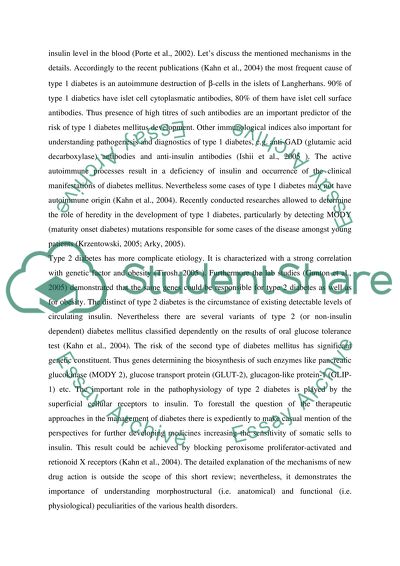Cite this document
(“Anatomy and Physiology: diabetes mellitus Essay”, n.d.)
Retrieved de https://studentshare.org/health-sciences-medicine/1499268-anatomy-and-physiology-diabetes-mellitus
Retrieved de https://studentshare.org/health-sciences-medicine/1499268-anatomy-and-physiology-diabetes-mellitus
(Anatomy and Physiology: Diabetes Mellitus Essay)
https://studentshare.org/health-sciences-medicine/1499268-anatomy-and-physiology-diabetes-mellitus.
https://studentshare.org/health-sciences-medicine/1499268-anatomy-and-physiology-diabetes-mellitus.
“Anatomy and Physiology: Diabetes Mellitus Essay”, n.d. https://studentshare.org/health-sciences-medicine/1499268-anatomy-and-physiology-diabetes-mellitus.


